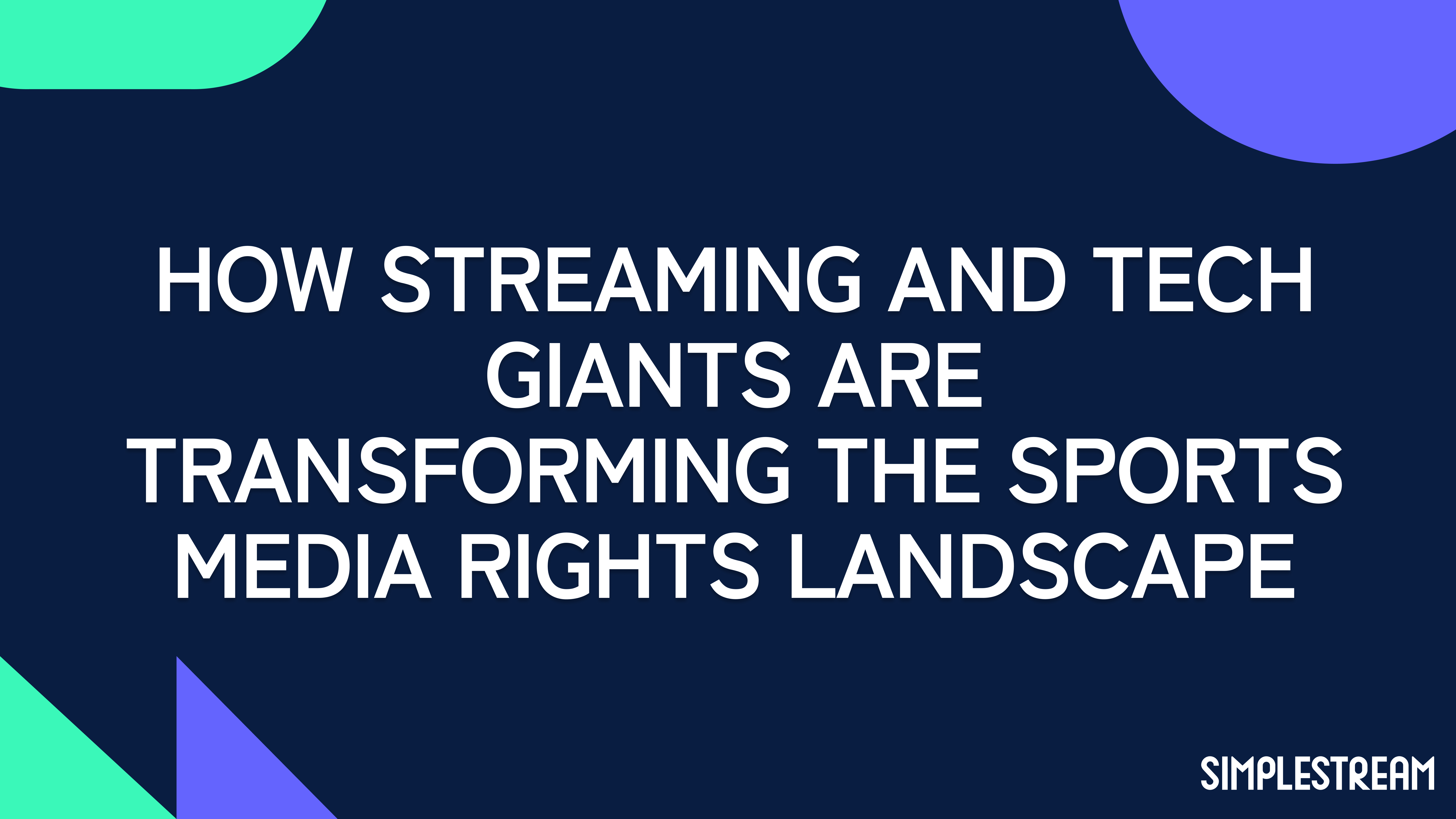Launching a Streaming Platform Today? The Six Essentials You Can’t Ignore
If you were launching a streaming platform today, what should you focus on first? The industry is crowded and constantly evolving, but success still comes down to a clear understanding of the fundamentals. From the content you create to the insights you gather, each decision shapes the experience you deliver. Here’s a closer look at the six core elements that determine whether your platform gains traction or gets lost in the noise.
1. Start With the Foundation: Content Is Still King
The oldest rule in media remains the most important, content is king. Before you think about apps, platforms, or monetization, you need to understand exactly what you’re offering your audience. Consider the breadth and depth of your library, how frequently you can release new material, and whether your content is compelling enough to attract and retain viewers. A streaming platform is ultimately only as valuable as the stories and experiences it provides.
2. Decide How Your Content Will Be Delivered
Once you know what content you have, the next step is deciding how your audience will experience it. You might focus on live events, build a library of on-demand material, offer replays, or create a hybrid model that blends all of these. This choice influences every aspect of your platform, from the technical infrastructure to the user interface.
After that, it’s important to package and organize your content thoughtfully. That means preparing the metadata, categorization, descriptions, and imagery that will help viewers navigate your library. The more effectively your content is structured, the faster and smoother your distribution process will be.
3. Choose a Distribution Strategy That Matches Your Audience
With your content prepared, you then need to determine where it will live. Different audiences consume media on different devices, so your distribution strategy must reflect the market you want to reach. You might prioritize connected TVs, target mobile viewers, build a web-first experience, or support all three. Your choices here will affect which app platforms you invest in, which integrations you need, and how you manage content availability across regions.
Rights and licensing also come into play. Understanding whether your content can be shown globally or must be restricted to certain territories and timeframes is essential in shaping the platform’s rules and capabilities.
4. Build the Right Operational Model and Team
Once the technology is in place, you need a clear plan for how the platform will be managed day-to-day. Some companies prefer a service where a partner handles everything on their behalf. Others rely on self-serve tools that allow internal teams to manage platforms. In some cases, automation handles most of the heavy lifting, with a creative or marketing team stepping in to maintain imagery and promotions.
Your operational model will determine both the technology you adopt and the skills you need on your team. Clarity here prevents bottlenecks and ensures the platform operates smoothly from launch onward.
5. Decide How You Will Monetize Your Content
After outlining your operational plan, the next major decision is monetization. A streaming platform must have a clear and sustainable business model. Some choose a straightforward subscription approach. Others rely on advertising, allowing viewers to access content for free while generating revenue through ad impressions. You might also introduce transactional options such as pay-per-view or time-limited rentals. Many platforms combine several of these models and even integrate with partners to expand reach and diversify revenue streams.
The most successful strategies are those that align with both the nature of the content and the expectations of the target audience.
6. Use Analytics and Insights to Guide Growth
Finally, once your platform is live and attracting viewers, data becomes your most valuable asset. Analytics help you understand how people use your app, which content resonates with them, and where they might lose interest. Insights into user behaviour reveal which features are working, which content drives engagement, and how quickly subscribers are churning.
This information allows you to refine your strategy and improve the user experience. With clear analytics, you can build a platform that evolves intelligently and retains its audience.


